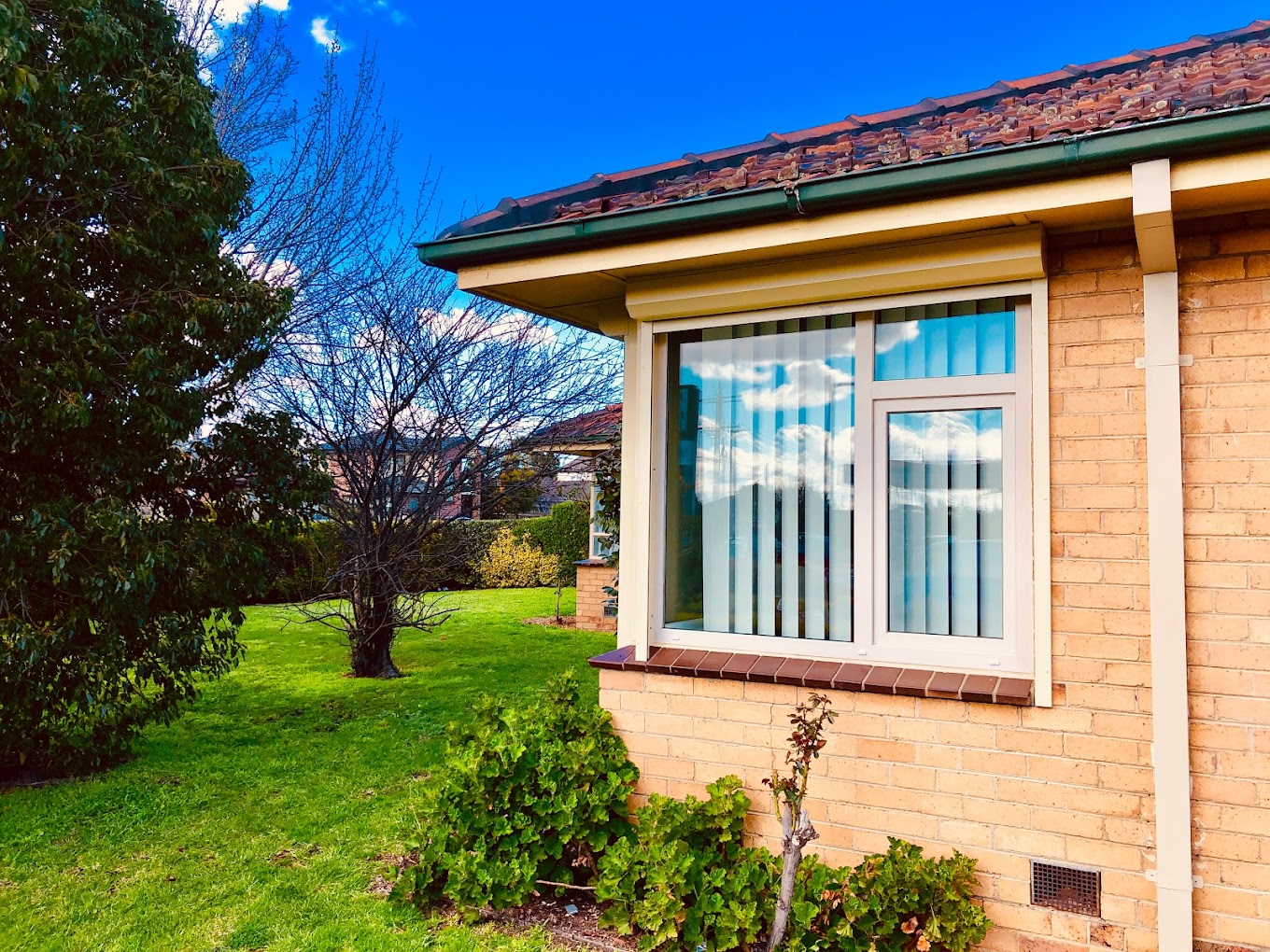All Categories
Featured
Table of Contents
Lifestyle - West Coast Double Glazing in Brigadoon WA
Glazing merely indicates the windows in your house, consisting of both openable and set windows, as well as doors with glass and skylights. Glazing really simply indicates the glass part, but it is normally used to refer to all aspects of an assembly including glass, movies, frames and home furnishings. Paying attention to all of these elements will assist you to attain efficient passive design.

Energy-efficient glazing makes your home more comfy and considerably lowers your energy costs. Nevertheless, inappropriate or poorly created glazing can be a major source of undesirable heat gain in summertime and substantial heat loss and condensation in winter. As much as 87% of a house's heating energy can be acquired and up to 40% lost through windows.
Why Should You Have Double-glazed Windows This Summer? in Calista Perth
Glazing is a considerable financial investment in the quality of your house. An initial financial investment in energy-efficient windows, skylights and doors can considerably lower your yearly heating and cooling bill.

This tool compares window selections to a base level aluminium window with 3mm clear glass. Comprehending some of the key properties of glass will help you to choose the very best glazing for your home. Secret homes of glass Source: Adapted from the Australian Window Association The quantity of light that passes through the glazing is called visible light transmittance (VLT) or visible transmittance (VT).
Benefits Of Double Glazing Low-e in Langford WA
The U value for windows (revealed as Uw), describes the conduction of the whole window (glass and frame together). The lower the U value, the greater a window's resistance to heat circulation and the better its insulating value.
For instance, if your home has 70m2 of glazing with aluminium frames and clear glass with a U value of 6. 2W/m2 C, on a winter's night when it is 15C chillier outside compared with inside, the heat loss through the windows would be: 6. 2 15 70 = 6510W That is equivalent to the overall heat output of a large room gas heating system or a 6.
What Are Double Glazed Windows? in Ballajura Perth

If you select a window with half the U value (3. 1W/m2 C) (for instance, double glazing with an argon-filled gap and less-conductive frames), you can halve the heat loss: 3. 1 15 70 = 3255W The solar heat gain coefficient (SHGC) for windows (revealed as SHGCw) measures how readily heat from direct sunlight flows through an entire window (glass and frame together).
The lower a window's SHGC, the less solar heat it transmits to your home interior. Glazing manufacturers state an SHGC for each window type and design. Nevertheless, the real SHGC for windows is affected by the angle that solar radiation strikes the glass. This is known as the angle of occurrence.
Windows Of Opportunity: Your Guide To High-performance ... in Dianella Western Australia
When the sun is perpendicular (at 90) to the glass, it has an angle of incidence of 0 and the window will experience the optimum possible solar heat gain. The SHGC stated by glazing producers is always determined as having a 0 angle of incidence. As the angle increases, more solar radiation is shown, and less is transmitted.
Table of Contents
Latest Posts
The Surprising Benefits Of Double Glazing In The Summer ... in Dalkeith Western Australia
Why Install Stunning Double Glazing Windows During Summer? in Glendalough WA
Double Glazing Windows in Osborne Park Perth
More
Latest Posts
The Surprising Benefits Of Double Glazing In The Summer ... in Dalkeith Western Australia
Why Install Stunning Double Glazing Windows During Summer? in Glendalough WA
Double Glazing Windows in Osborne Park Perth